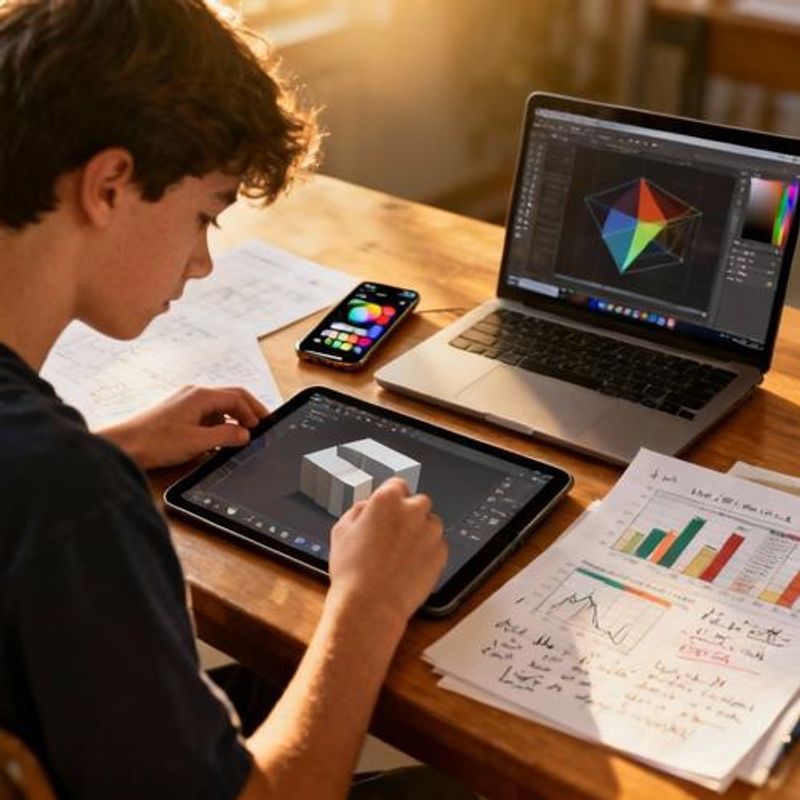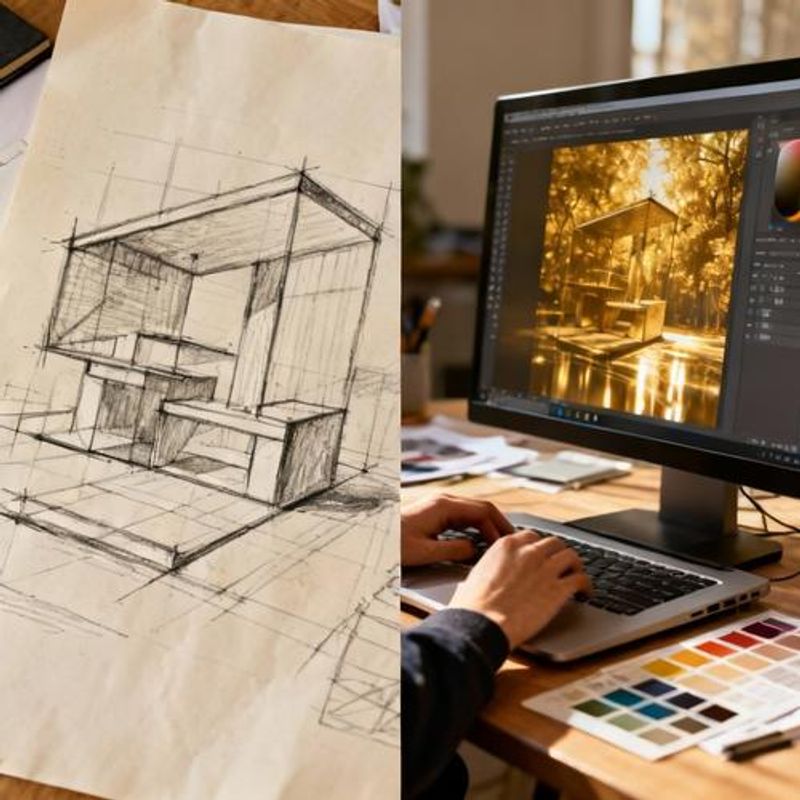15 Best Online Design Tools for Students and Beginners in 2024 (Free & Affordable)

Starting your design journey as a student shouldn't drain your wallet or overwhelm you with complex software. Whether you're creating your first poster for a class project, designing a portfolio website, or exploring graphic design as a potential career path, the right online design tools can make the difference between frustration and creative breakthrough. This comprehensive guide reveals 15 carefully selected online design tools that combine ease of use with professional capabilities—many completely free or available at student-friendly prices.

Why Online Design Tools Matter for Student Success
As a design student or beginner, you face unique challenges that traditional expensive software doesn't address. Limited budgets, varying skill levels, and the need for quick results often clash with steep learning curves and high subscription costs. Online design tools bridge this gap by offering immediate access, intuitive interfaces, and collaborative features that align perfectly with modern educational needs. Research shows that students who master accessible design tools early in their academic journey demonstrate higher confidence in visual communication and are more likely to pursue design-related careers.
Quick Reference: Top 5 Must-Have Tools
Before diving deep, here are the five essential online design tools every student should bookmark:
- Canva - Best for social media graphics and presentations (Free with premium student discount)
- Figma - Industry-standard UI/UX design with free educational access
- Adobe Express - Quick graphics with Adobe ecosystem integration (Free tier available)
- GIMP online alternatives like Photopea - Advanced photo editing without downloads
- Coolors.co - Professional color palette generation for any project

Complete Guide to Essential Online Design Tools by Category
Graphic Design and Visual Creation
Canva leads this category with its drag-and-drop simplicity and extensive template library covering everything from Instagram posts to academic posters. The free version provides access to thousands of templates and basic design elements, while Canva Pro (free for students through GitHub Education Pack) unlocks advanced features like background removal and brand kit management. For students working on class presentations or social media projects, Canva's real-time collaboration features make group work seamless.
Adobe Express competes strongly by offering direct integration with Adobe Creative Cloud, making it perfect for students who plan to advance to professional Adobe tools. Its strength lies in quick social media content creation and simple video editing capabilities. The free tier includes core features, while the premium version often comes bundled with student Creative Cloud subscriptions.
UI/UX and Web Design
Figma has revolutionized design education by offering professional-grade UI/UX design capabilities completely free for students. Its browser-based interface eliminates installation requirements, while its collaborative features mirror real-world design team workflows. Students can create interactive prototypes, design systems, and user interfaces that rival those produced by experienced professionals. The learning curve is moderate, but countless free tutorials and Figma's own educational resources make mastery achievable.
For simpler web design needs, tools like Webflow (free tier with student discounts available) and Framer offer visual website building with design-first approaches. These tools bridge the gap between graphic design and web development, allowing students to create portfolio websites without coding knowledge.
Photo Editing and Enhancement
Photopea stands out as a browser-based alternative to Photoshop, supporting PSD files and offering familiar tool layouts for students transitioning from desktop software. It's completely free and requires no downloads, making it accessible from any computer. For basic photo editing, Pixlr and Canva's photo editor provide user-friendly interfaces perfect for social media optimization and basic retouching.
Student-Friendly Tool Comparison and Recommendations
For students just starting: Begin with Canva for general graphics and Adobe Express for quick social media content. These tools require minimal learning time and produce professional-looking results immediately.
For students pursuing design careers: Invest time in learning Figma for UI/UX work and Photopea for advanced photo manipulation. These tools use industry-standard workflows and will ease your transition to professional software.
For collaborative projects: Figma, Canva, and Miro excel at real-time collaboration, allowing team members to work simultaneously and provide instant feedback.

Common Mistakes to Avoid When Starting
Many students make the mistake of trying to master every tool at once. Instead, focus on becoming proficient with 2-3 tools that cover your immediate needs. Another common error is ignoring file organization and version control—establish consistent naming conventions and folder structures from the beginning.
Avoid over-relying on templates without understanding design principles. While templates provide excellent starting points, learning basic typography, color theory, and layout principles will elevate your work beyond obvious template usage. Finally, don't neglect to save your work in multiple formats and locations—cloud storage integration varies between tools.
Next Steps: Building Your Design Toolkit
Start by creating accounts for Canva and Figma today—both offer immediate value and grow with your skills. Experiment with different tools using small, low-stakes projects before tackling major assignments. Join design communities like Designer Hangout or Reddit's design forums to see how professionals use these tools in real projects. Remember that the best online design tool is the one you'll actually use consistently. Choose tools that match your current skill level and project needs, then gradually expand your toolkit as your confidence and requirements grow. Your design journey starts with that first project—pick a tool and begin creating.